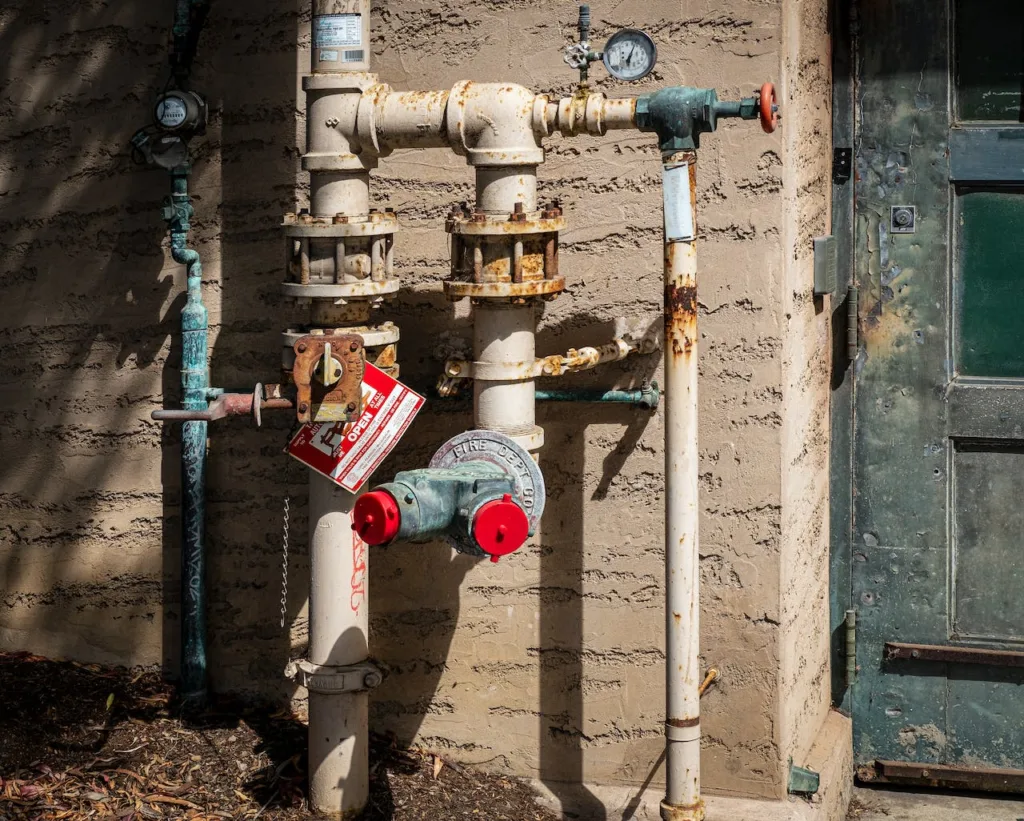Backflow is a plumbing term that refers to the unwanted reversal of water flow in a water system. This can lead to contamination of potable (drinkable) water supplies with non-potable (undrinkable) or hazardous substances. Therefore, backflow prevention is a critical aspect of maintaining safe and clean water supplies.
A backflow prevention device is specifically designed to protect water systems from this risk. It ensures that water flows only in the intended direction, preventing any potential cross-connection hazards. When pressure changes in the system, these devices act as a check valve, controlling the flow and ensuring that contaminated water doesn’t enter the clean water lines.
The Role of Backflow Prevention Devices
Backflow preventers are installed in various areas of a plumbing system where there’s a risk of contaminated water flowing back into the potable water supply. These devices are crucial in both residential and commercial plumbing systems. They protect against waterborne diseases and contaminants that can pose serious health risks.
These devices are typically installed in places like irrigation systems, boilers, and other places where there’s a connection between potable and non-potable water. In some cases, regulations even require their installation and regular testing to ensure their proper functioning.
Types of Backflow Preventers
There are different types of backflow preventers, each designed for specific applications. Some common types include pressure vacuum breaker assemblies, reduced pressure zone assemblies, and double-check valve assemblies. Each type has its unique features and uses, and the choice depends on the specific requirements of the water system.
Importance of Regular Maintenance and Testing
Like any other device, backflow preventers require regular maintenance and testing to ensure they function correctly. Over time, these devices can wear out, and their performance can degrade, reducing their effectiveness in preventing backflow. Regular testing helps identify any issues early and allows for timely repair or replacement.
Maintenance and testing of backflow preventers are typically carried out by licensed plumbers who have specialized knowledge and skills. In many states, the law requires regular inspection and testing of these devices, making it an essential aspect of plumbing maintenance.
Installation of Backflow Preventers
The installation of backflow preventers is a task that should be left to professional plumbers. It involves understanding the water system’s layout, identifying potential cross-connections, and correctly installing the device to ensure it functions as intended. Improper installation can lead to device failure and potential contamination of the potable water supply.
Plumbing in Los Angeles
If you’re looking for professional plumbing companies in Los Angeles, CA, our directory is your go-to resource. We feature a comprehensive list of experienced and reliable plumbers who specialize in various areas, including backflow prevention.
Whether you need a backflow preventer installed, tested, or maintained, our listed professionals can provide the services you need. They understand the importance of protecting your water supply from contamination and are equipped with the necessary knowledge and tools to ensure your plumbing system is safe.

